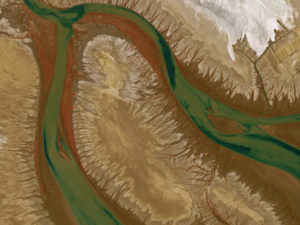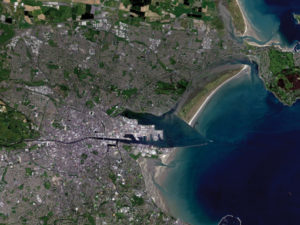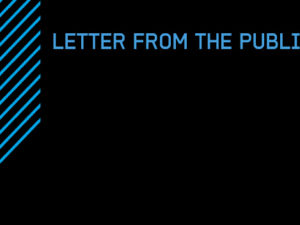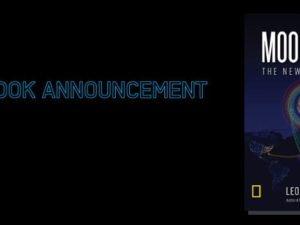Dear Reader,
Rarely do contests capture people’s imagination in the way that the XPRIZE does. I remember learning about the 2007 $30 million Google Lunar XPRIZE, a competition that challenges innovators and entrepreneurs to develop methods of robotic lunar exploration. Currently, 16 teams are still working toward getting their robots to the moon by the December 2017 deadline, and accomplishing the goals of the project.
The XPRIZE Foundation is currently executing the Shell Ocean Discovery XPRIZE, which is $7 million to those who will map the ocean floor. The article is found here.
This week, I attended SciDataCon 2016, as part of International Data Week. Several sessions covered Earth science data, and the applicability of Earth science and geospatial tools to reaching the 17 Sustainable Development Goals (SDGs) of the United Nations (UN) Agenda 2030.
The SDGs are very broad, and encompass almost every aspect of humankind, which I nd to be quite ambitious and exciting. Many scientists, volunteers, and executives are working towards attaining such things as No Poverty; Zero Hunger; Clean Water; Reduced Inequalities; and Peace, Justice and Strong Institutions, worldwide, to name a few.
There is no question that achieving these goals will be complex. Many organizations and stakeholders are coming together to find ways to do so. The power of geospatial tools in addressing many of them is generally accepted now, following the evangelizing of many stakeholders.
Will Marshall, CEO/co-founder of Planet (formerly Planet Labs) spoke last year at the UN in New York City about how geospatial data and in particular satellite imagery will be crucial to achieving the Millennium Development Goals (the original set of goals that are the foundation for the SDGs). In addition, a new white paper has been published by Geospatial Media with sponsorship by DigitalGlobe on the same subject, “Transforming Our World: Geospatial Information – Key to Achieving the 2030 Agenda for Sustainable Development.”
In the article here, we share two possible approaches to looking at these goals, due to their complexity and overlapping nature, including Agent-Based Models and GeoDesign. The former is used as an example of how to approach addressing Gender Equality (Goal 5) and the latter to address Sustainable Human Settlements (Goal 11).
It would appear that the global Earth science community is finally coming together in very important new ways to share not only data but solutions. The Belmont Forum is a consortium of the top 21 funders of environmental science that will contribute to delivering the knowledge needed for action. The Belmont Forum plan was adopted in October 2015, and will continue to fund peer-reviewed research, with a stronger emphasis on data sharing, not just data.
I hope that this and many other efforts will create more repositories of data and break down more silos, so that different organizations are not duplicating efforts and so that efforts to create a truly sustainable world can move forward.
The value of geospatial tools and data continues to grow, and now, accessing that data and nding answers is easier and possible in more ways than ever before. To achieve this, most geospatial companies are developing platforms, with various and similar datasets. The most innovative are ingesting new dynamic datasets, such as wide area motion imagery, traffic, and weather, which are some of the most real-time hyper-local datasets that exist.
Dynamic datasets can be ingested into many of these platforms, including PIXIA’s and Luciad’s. Our ongoing series on “Filling the Gap” (that will be left by Google Earth Enterprise) includes in this issue both of these companies, as well as BAE Systems, and begins here.
Obviously, the commercial platforms are offering solutions to problems. In order to meet the SDGs, the private and public sectors should join together. Addressing the UN SDGs are what this publication is all about: sharing information about solving the world’s biggest, most complex, problems using geospatial technologies.
Thanks for reading.





